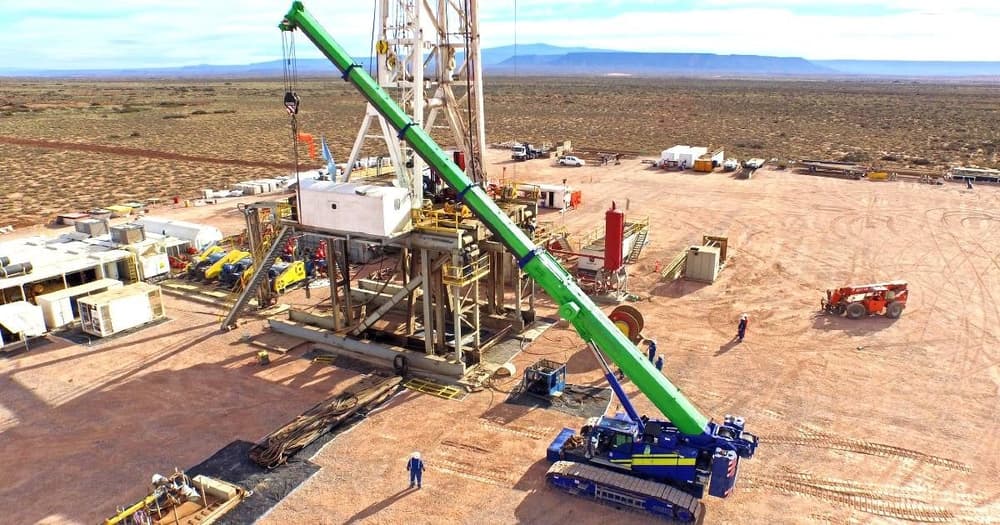The oil and gas industry is of one the most important across North America, so it should come as no surprise that the process of fracing, which is used to recover natural gas from the ground, is prominent across the continent.
What Is Fracing?
Fracing (Fracking), which is a shortened term for hydraulic fracturing, is the process of injecting liquid into the ground at high pressures in order to extract oil and natural gas. This method of extraction has been used quite regularly since the 1960’s, but has was actually first used in 1857, when a well worker in NY dropped gunpowder into a well and lowered hot iron to set it off, subsequently fracturing the rock around the well, increasing the flow of gas. Of course, since those days fracing has come along way – modern techniques are constantly being revised and improved upon to increase efficiency, productivity, and especially to work towards having as minimal negative effects on the environment as possible.
How Does It Work?
So how does fracing actually work? Current methods involve drilling into the earth, first downwards and then branching off horizontally. The new technology that allows us to drill horizontally enable well sites to be utilized longer than if we were only able to drill downwards. After these “fractures” are made in the rock, materials such as water, chemical additives, and sand are pumped into the well. These materials essentially prop open the fractures, in a sense, and allows for the flow of more gas into the well, where it is then pumped back to the surface.
What Are Fracing Companies Responsible For?
From start to finish there are quite a few steps and phases involved in the fracing process. This means that multiple companies are typically involved in the process when it comes to any single well. There are the companies that maintain the land, those that provide the equipment, those that provide the necessary materials, those that carry out the labour, transportation companies, and of course the companies that prepare the oil and gas for consumer production. Each company plays a vital role, as the process could not be completed successfully were any of these steps omitted.
The “Big 4”
The Big 4 is a group of 4 of the most successful fracking focused companies across North America. While we mentioned before that the fracing process is a long series of steps that requires the input from a variety of companies, these 4 companies are at the center of the process – they drill wells and supply oil and gas to the companies who resell the final product.
Halliburton
Halliburton was founded in 1919 and their headquarters currently operate from Houston, Texas. They have projects in over 70 countries, employ 50,000 people, and offer a variety of services, including: managing geological data, drilling, well construction, and product optimization.
Schlumberger
Schlumberger is the worlds largest oilfield services company. They have over 125 research and operations facilities across 85 different countries. At SLB they place a lot of emphasis on investing in technologies that will improve their operations and the industry as a whole.
Baker Hughes
Baker Hughes, with headquarters in both Houston, TX and London, UK is a conglomerate in the oilfield services, having acquired a number of smaller companies since their founding in 1908. They specialize in drilling, production, and completion, but offer a wide variety of related services.
FTS International
FTS is one of the largest well-completion companies across North America. While they are a newer and lesser-known company, they have been growing rapidly over the last few years. They specialize mainly in fracing and are currently working to expand their fracing network internationally.
Around The World
Of course, fracing is not only common in North America, and there are thousands of companies who service this industry, however these big 4 hold a large market share, even internationally, as Fracing jobs in Canada and Fracking in the United States export oil all over the world.
As fracing becomes more popular and the process continues to evolve, more companies across the globe are embracing the technique, causing the industry to continue growing at a steady pace. While not everyone is a supporter of fracking, it is clear that the world is not giving up on this process any the success it brings the oil and gas industry any time soon.

